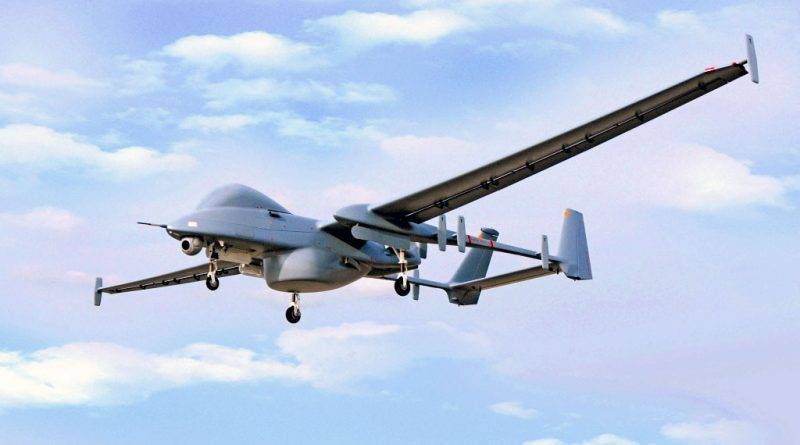Flying a drone can be an exciting hobby or a professional pursuit, but to ensure compliance with regulations, obtaining a Part 107 drone license is essential for those looking to operate UAVs for commercial purposes. Whether you’re mapping landscapes or filming advertisements, the process of getting certified is straightforward with the right guidance.
Understanding the Part 107 License
The Federal Aviation Administration (FAA) governs drone operations in the United States through Part 107 regulations. This set of rules allows individuals to fly drones commercially, that is, for anything other than recreational use. The 107 drone license grants permission to operate small unmanned aircraft systems (sUAS) under specific conditions. Key requirements include passing a knowledge test and adhering to certain operational limitations.
Eligibility Criteria
Before diving into the application process, ensure you meet the following eligibility criteria: You must be at least 16 years old, able to read, speak, write, and understand English, and be in a physical condition conducive to safe UAV operation. Additionally, applicants need to pass the aeronautical knowledge test held at an FAA-approved testing center.
Step-by-Step Guide to Apply
To obtain your 107 drone license, follow these detailed steps:
-
Study for the Aeronautical Knowledge Test: Utilize online resources or consider enrolling in a prep course that covers topics such as airspace classification, drone regulations, and weather effects.
-
Schedule Your Test: Visit the FAA’s website or contact the nearest testing center to secure a date for your exam. The test fee is typically around $160, so budget accordingly.
-
Take and Pass the Test: The test consists of 60 multiple-choice questions, with a passing score requiring at least 70% correct answers. You’ll receive your results immediately upon completion.
-
Complete the FAA Form 8710-13: After passing the test, fill out this form online via the FAA’s Integrated Airman Certificate and Rating Application (IACRA) system.
-
Get Your Remote Pilot Certificate: Once your application is processed, the FAA will issue your temporary certificate. The official certification will arrive by mail shortly thereafter.

Operational Rules and Limitations
After obtaining your 107 drone license, it’s crucial to obey operational rules to maintain safety and compliance. You’re authorized to fly drones under 55 lbs, during daylight hours, and under 400 feet in uncontrolled airspace unless waived by the FAA. Maintaining a visual line of sight is also mandatory.
Your Responsibilities as a Certified Drone Pilot
With a 107 drone license, pilots are expected to operate ethically and responsibly, avoiding any activities that may compromise public safety or privacy. Regular updates to FAA rules should be monitored to ensure ongoing compliance.
FAQ
Q1: What happens if I fail the knowledge test?
A: If you fail, you can retake the test. There is no limit on the number of attempts, although you’ll need to pay the fee each time.
Q2: Do I need a new license for each drone I operate?
A: No, the Part 107 certification covers you for all compliant sUAS operations.
Q3: How long is the Part 107 license valid?
A: Your certification is valid for two years, after which you must complete a recurrent knowledge test to maintain your credentials.
To sum up, acquiring a 107 drone license can open numerous professional opportunities, ensuring safe and legal operation of drones. Following the outlined steps and understanding your responsibilities as a certified pilot will pave the way for a successful UAV career.